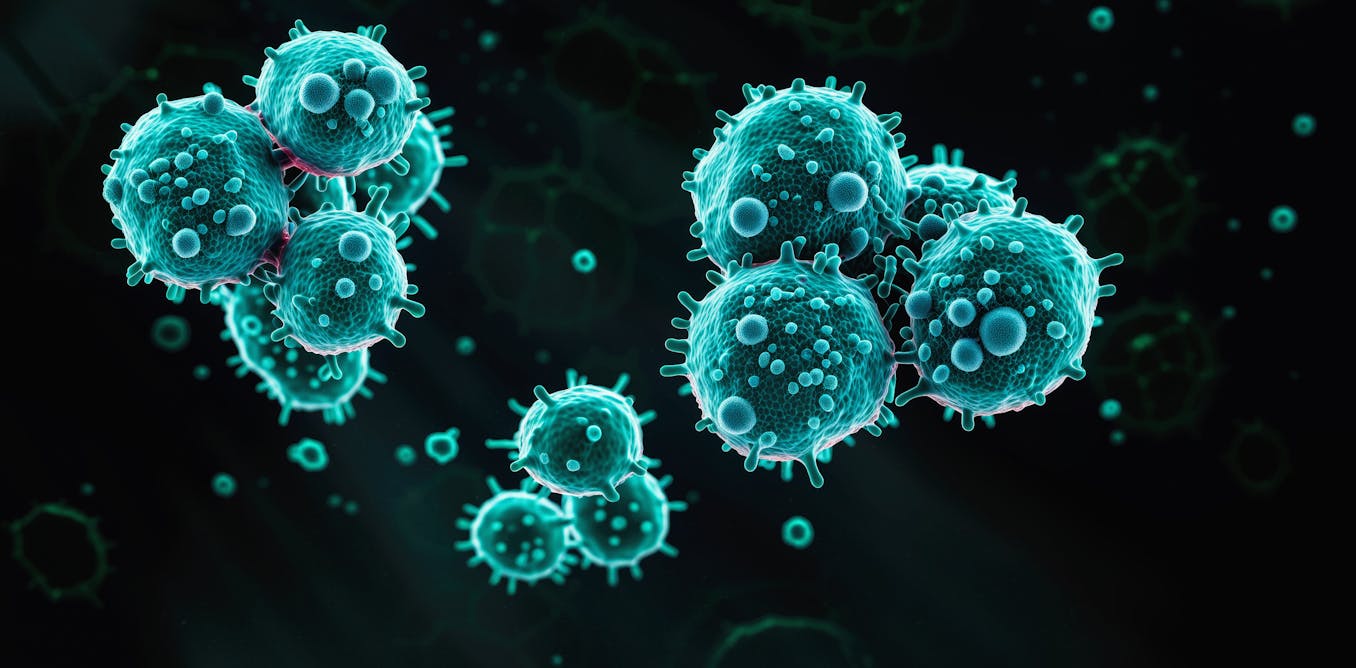Exploring Microgravity: A Double-Edged Sword in Cancer Research
As we venture deeper into the cosmos, the impact of microgravity on human health has emerged as a pivotal area of scientific inquiry. Scientists are uncovering the paradox of microgravity’s dual role in cancer—a potential risk factor in space and a groundbreaking tool for treatment development on Earth. This duality presents a fascinating opportunity to reshape our understanding of cancer therapies.
The Nature of Microgravity and Its Impact on Biological Systems
Microgravity, defined as a condition of near-weightlessness, occurs in environments such as space. In this state, the gravitational forces that govern fluid dynamics, cellular behavior, and biological processes are significantly altered. These changes can lead to both beneficial and detrimental effects on living organisms.
Research has shown that microgravity can influence:
- Cell Growth: In microgravity, cancer cells often exhibit different growth patterns compared to their Earth-bound counterparts. Some studies indicate that cancer cells may proliferate more rapidly in space, raising concerns about the potential for increased cancer risk among astronauts.
- Gene Expression: The expression of certain genes linked to cancer progression can be altered in microgravity. This change can affect how cells communicate, proliferate, and respond to therapies.
- Immune Response: Microgravity has been shown to suppress immune function, which can reduce the body’s ability to fight off malignancies and may contribute to the development of cancerous growths.
Microgravity: A Cancer Risk Factor in Space
The risks associated with cancer in microgravity environments are of increasing concern as space missions extend longer durations, such as those planned for Mars. Astronauts are exposed to various stressors, including radiation, isolation, and altered gravity, which can compound the risk of developing cancer.
NASA’s research has indicated that:
- Radiation exposure in space is significantly higher than on Earth, which is a well-documented risk factor for cancer.
- Altered gravity conditions may lead to changes in cellular repair mechanisms, increasing susceptibility to mutations.
- Long-duration missions could exacerbate the effects of microgravity on the immune system, potentially allowing cancer cells to thrive.
These findings highlight the pressing need for effective cancer prevention strategies for astronauts, including monitoring and developing countermeasures to mitigate these risks.
Microgravity as a Tool for Cancer Research
While microgravity poses risks, it also offers a unique environment to study cancer in ways that are not possible on Earth. Researchers are harnessing the properties of microgravity to develop new cancer therapies. The distinct conditions allow for:
- Enhanced Drug Testing: Microgravity provides an ideal platform to test the efficacy of new cancer drugs. With reduced gravitational forces, the distribution of drugs within the cellular environment can be studied more effectively, potentially leading to more targeted therapies.
- Understanding Tumor Behavior: Studying tumor growth and metastasis in microgravity allows scientists to observe how cancer cells behave in an environment devoid of the usual gravitational influences. This can lead to insights into how to combat tumor spread.
- Innovative Treatment Development: Techniques such as 3D bioprinting of tissues in microgravity can result in more accurate models for testing cancer treatments, leading to breakthroughs in personalized medicine.
Case Studies and Current Research
Recent experiments on the International Space Station (ISS) have provided valuable data on the effects of microgravity on cancer cells. Researchers have observed that:
- Breast cancer cells tend to grow more rapidly in microgravity, which has led to studies focused on understanding the mechanisms behind this accelerated growth.
- Prostate cancer cells have shown alterations in gene expression related to growth and metastasis, suggesting potential pathways for targeted therapies.
- Research on leukemia cells has revealed that microgravity can affect the effectiveness of certain chemotherapy drugs, paving the way for new treatment regimens.
Such studies are crucial in identifying how microgravity can be leveraged not only to understand cancer better but also to develop innovative approaches to treatment.
The Role of Earth-Based Research
Back on Earth, scientists are conducting parallel studies to explore the implications of microgravity findings. These studies aim to translate insights gained from space into practical applications for cancer treatment on our home planet. Key areas of focus include:
- Simulating Microgravity: Researchers are using specialized equipment, such as rotating bioreactors, to simulate microgravity conditions in laboratory settings to study cancer cell behavior.
- Collaboration with Space Agencies: Partnerships between cancer research institutions and space agencies like NASA are fostering knowledge exchange that could lead to breakthroughs in cancer therapies.
- Public Awareness and Funding: Raising awareness about the potential of microgravity research has led to increased funding and interest in studying its effects on cancer.
Future Directions in Microgravity and Cancer Research
The exploration of microgravity as both a risk factor and a research tool in cancer treatment is still in its infancy. Future research could focus on:
- Longitudinal studies to track cancer risk among astronauts over extended missions.
- Developing targeted therapies based on insights gained from microgravity studies.
- Investigating the potential for microgravity to influence other diseases and conditions beyond cancer.
As we continue to explore the vastness of space, the findings from microgravity research hold promise not only for understanding cancer but also for advancing medical science as a whole. The dual nature of microgravity presents a double-edged sword—one that could lead to both increased risks and groundbreaking advancements in cancer treatment.
Conclusion
In conclusion, exploring microgravity stands at the intersection of risk and opportunity in cancer research. With the potential to unveil crucial insights into cancer mechanisms and treatment development, this field of study is poised to transform our approach to cancer therapies. As we look to the stars, we may also uncover new paths toward healing on Earth.
See more WebMD Network



